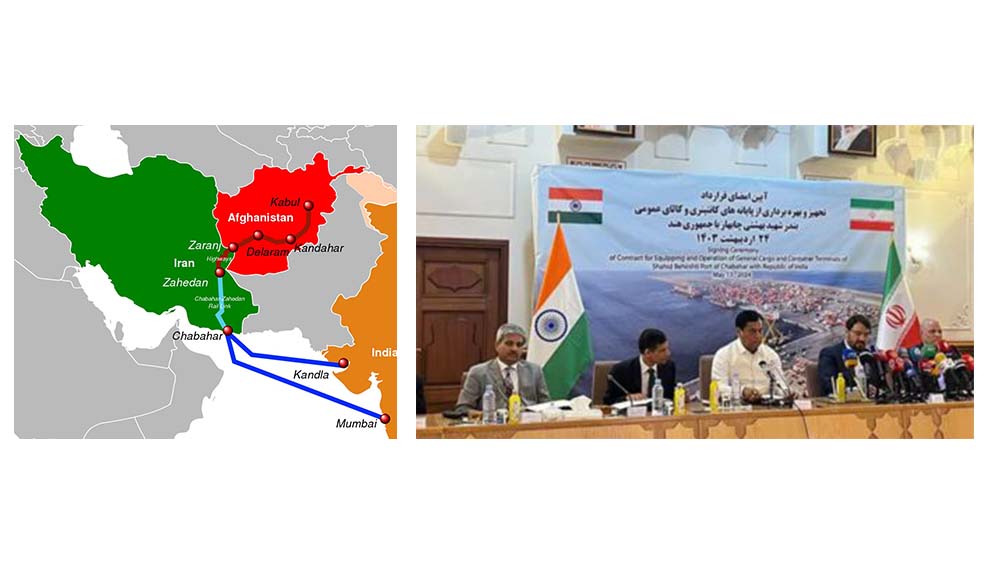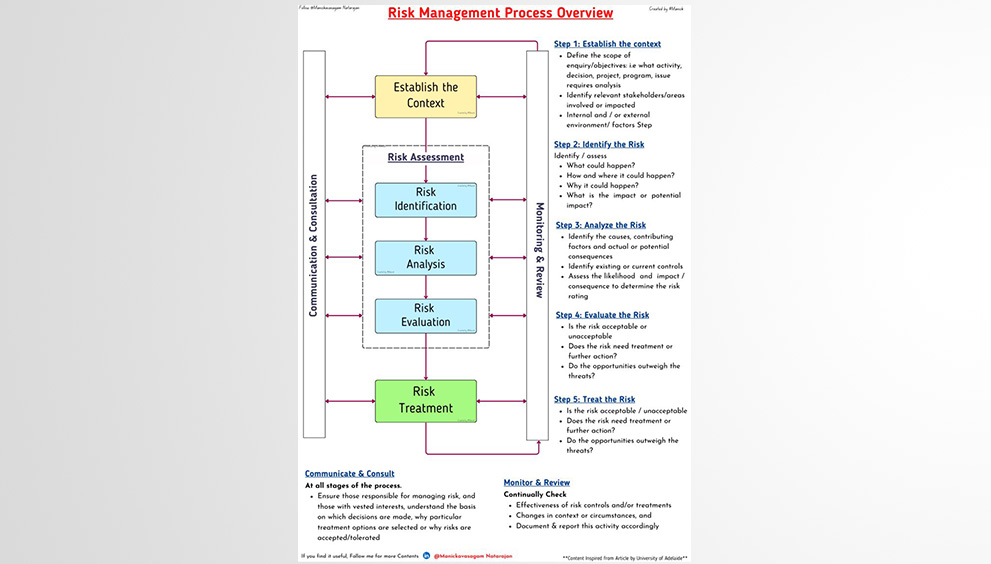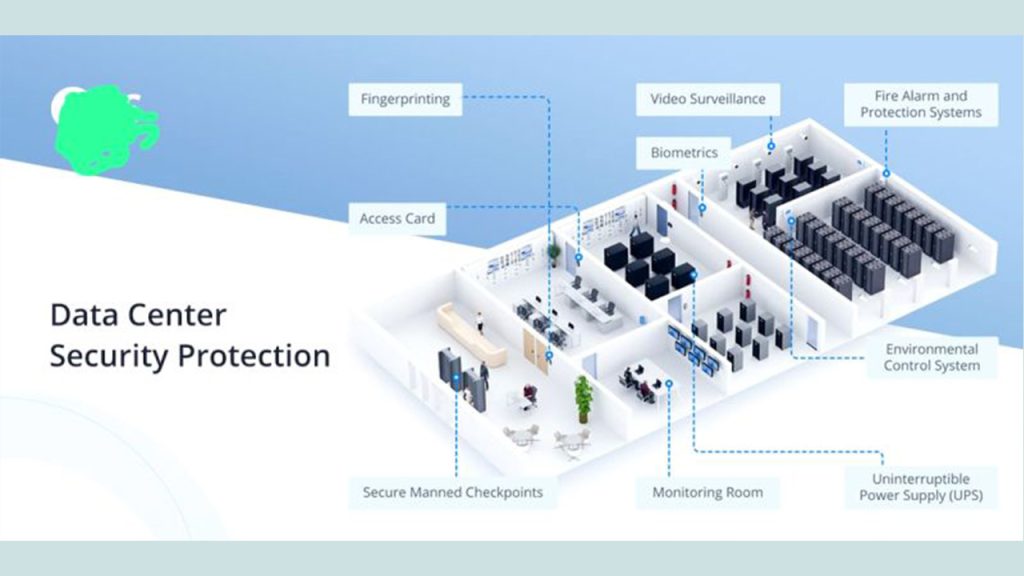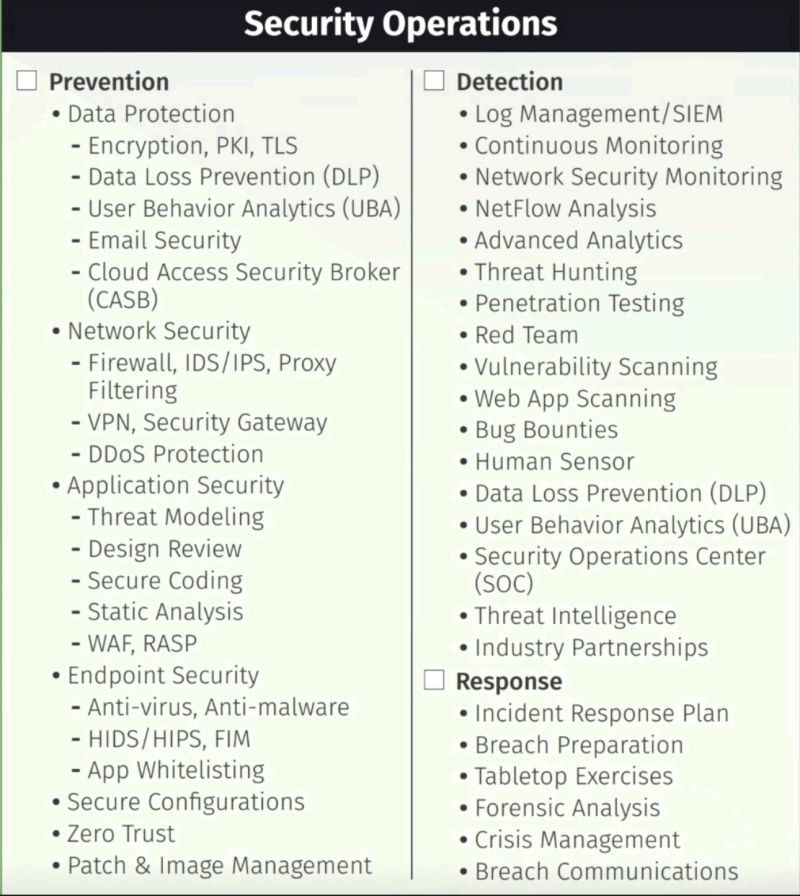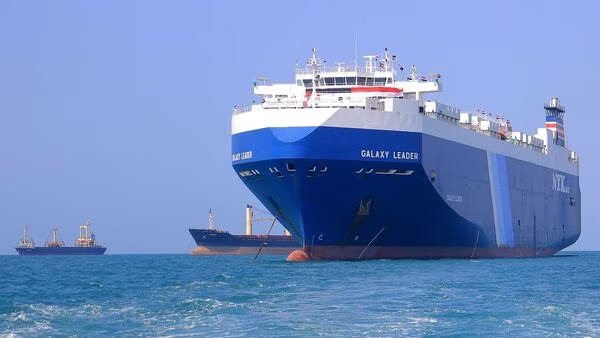Maritime Cyber Security Challenges Strategies for Resilience

by Cdr. Satyajit Roy
Introduction
In the vast expanse of the world’s oceans, the maritime industry serves as a vital lifeline for global trade, transportation and commerce. Yet, as ships navigate through the digital era, they encounter a new set of challenges posed by cyber threats. Maritime cyber security has emerged as a critical concern, necessitating a proactive approach to safeguarding vessels, ports, and maritime infrastructure against malicious actors.
The International Safety Management (ISM) Code, supported by the International Maritime Organization (IMO) Resolution MSC. 428(98).
The Code and resolution stands as a cornerstone in ensuring the safety and security of maritime operations worldwide. Enacted in response to a series of maritime accidents in the late 20th century, the ISM Code sets forth comprehensive guidelines and standards for the management and operation of ships, emphasizing the importance of a safety management system (SMS) to identify, assess, and mitigate risks at sea. Resolution MSC. 428(98) further enhances the implementation and enforcement of the ISM Code, providing a framework for flag states, classification societies, and maritime administrations to collaborate in promoting a culture of safety, continuous improvement, and accountability across the maritime industry. By adhering to the principles outlined in the ISM Code and supported by Resolution MSC. 428(98), ship-owners and operators can uphold the highest standards of safety, environmental protection, and operational excellence, thereby safeguarding lives, property, and the marine environment.

Maritime Industry Overview
The maritime industry, comprising shipping companies, ports and related service providers, plays a pivotal role in facilitating international trade, with over 90% of global trade transported by sea. Over the years, technological advancements have revolutionized maritime operations, introducing automated systems, digital communication networks, and remote monitoring capabilities. However, this digital transformation has also exposed the industry to cyber security risks, as interconnected systems become susceptible to cyber attacks.

What Are Maritime Cyber Attacks?
Maritime cyber attacks refer to deliberate, malicious activities targeted at ships, ports, or other entities within the maritime industry. These attacks exploit vulnerabilities in information, communication, and operational technology systems to:
- Gain unauthorized access
- Disrupt operations
- Manipulate data
- Steal sensitive information
- Cause physical damage

They can take various forms, such as:
- Malware
- Phishing attempts targeting shipboard personnel or port employees
- Ransomware attacks
- Demand for payment to release hijacked systems
What Can the Maritime Industry Do to Protect Cyber Systems?
The maritime industry can take several steps to protect its cyber systems from potential attacks:
- Enhance cyber security awareness and training.
- Implement robust access control system
- Regularly update and patch systems.
- Deploy firewalls and intrusion detection/prevention systems.
- Conduct routine vulnerability assessments.
- Develop an incident response plan.
- Collaborate and share information.
- Access third-party vendors’ cyber security practices.
- Conduct regular system and process audits.
- Stay updated with evolving threats.

What Are the Consequences of Maritime Cyber Risks?
The consequences of maritime cyber risks can be severe and wide-ranging, impacting various aspects of the industry:
- Operational disruptions: A successful cyber attack can lead to significant disruption in ship operations or port activities.
- Compromised safety and security: Cyber attacks can compromise safety measures onboard ships or within ports.
- Cargo theft/smuggling: Maritime cyber attacks can facilitate cargo theft or smuggling activities.
- Financial losses: The financial repercussions of maritime cyber attacks are substantial and multifaceted.
- Environmental disasters: Cyber attacks targeting maritime systems could have severe environmental consequences.
- Regulatory non-compliance: A cyber attack resulting in a breach of regulatory requirements can lead to legal repercussions, penalties, and damage to the organization’s reputation.
- Geopolitical implications: Maritime cyber attacks may have broader geopolitical implications depending on the motive behind the attack.
Some key challenges and strategies for resilience:
- Complexity of Systems: Modern ships are equipped with numerous interconnected systems, including navigation, propulsion, communication, and cargo management. This complexity increases the attack surface for cyber threats.
- Resilience Strategy: Implementing robust network segmentation and access controls can help isolate critical systems from non-essential ones, reducing the potential impact of cyber attacks.
- Human Factor: Crewmembers may inadvertently introduce vulnerabilities through actions such as clicking on phishing emails or connecting unauthorized devices to ship networks.
- Resilience Strategy: Training programs should educate crewmembers about cyber security best practices, including how to recognize and report suspicious activity. Additionally, establishing clear policies for device usage and access can help mitigate human errors.
- Supply Chain Risks: Maritime operations rely on a complex network of suppliers and service providers, increasing the risk of supply chain attacks.
- Resilience Strategy: Implementing supply chain risk management practices such as vetting vendors, enforcing security requirements in contracts, and regularly auditing suppliers’ security controls can help mitigate supply chain risks.
- Lack of Regulation and Standards: The maritime industry lacks comprehensive regulations and standards for cyber security, leading to inconsistencies in cyber security practices across organizations.
- Resilience Strategy: Industry stakeholders should collaborate to develop and implement cyber security standards and guidelines tailored to the maritime sector. Governments can also play a role by enacting regulations that require compliance with these standards.
- Legacy Systems: Many maritime systems, including those on older vessels, may lack adequate security features or receive limited software updates, making them vulnerable to cyber attacks.
- Resilience Strategy: Implementing compensating controls such as network monitoring, intrusion detection systems, and regular vulnerability assessments can help mitigate risks associated with legacy systems. Additionally, investing in modernization efforts to upgrade or replace outdated systems can improve overall security posture.
- Geopolitical Considerations: Maritime cyber security can be influenced by geopolitical tensions, with state-sponsored actors targeting critical maritime infrastructure for espionage or disruption.
- Resilience Strategy: Organizations should stay informed about geopolitical developments and potential cyber threats from state-sponsored actors. Implementing robust incident response plans and collaborating with government agencies and industry partners can help mitigate the impact of geopolitical cyber threats.
By addressing these challenges and implementing resilience strategies, the maritime industry can better protect its critical assets and operations from cyber threats.
The ISM Code, supported by the IMO Resolution MSC. 428(98), requires ship owners and managers to assess cyber risk and implement relevant measures across all functions of their safety management system, until the first Document of Compliance after 1 January 2021.
Case Study: NotPetya Cyber Attack on Maersk
One of the most notable cyber incidents in the maritime industry was the NotPetya ransomware attack that struck Maersk, the world’s largest container shipping company, in 2017. The attack disrupted Maersk’s global operations, causing widespread chaos and financial losses. However, Maersk’s response to the incident serves as a testament to resilience, as the company swiftly implemented measures to restore operations and enhance cyber security defenses.
Conclusion
As the maritime industry continues to embrace digitalization, cyber security must remain a top priority to ensure the safety, security, and resilience of maritime operations. By understanding the unique cyber security challenges facing the sector and implementing proactive resilience strategies, organizations can navigate the complex cyber landscape with confidence and safeguard critical assets against evolving threats. Collaboration, innovation, and a commitment to cyber resilience are essential for the sustainable growth and prosperity of the maritime industry in the digital age.
Top of Form
Bottom of Form
Acknowledgements & Sources: Aquilon, Naval Communications, Maritime Cyber Security, OSInt,
COMMANDER STAYAJIT ROY, Veteran Indian Navy, CISM*, CSP, CSM, EU-GDPR
- +91 9830749436 | cdrsatyajitroy@gmail.com | linkedin.com/in/commander-satyajit-roy/
- Profile : Corporate Entrepreneur, Start-up Evangelist & Mentor, Speaker & Author, Security Skills Influencer, Geo-politics, Risk, Resilience, UN-SDGs & ESG Sustainability
- Core Competencies : Strategic Partnerships, Project Management, Corporate Governance, Compliances and Regulatory Affairs, ORM, BCP, SOCC, DTI&I, Security Surveys and Audits,

 Member Login
Member Login 




























































